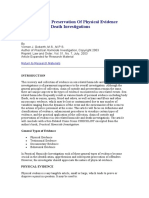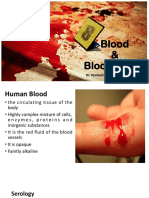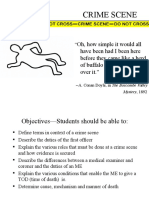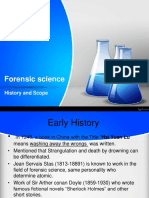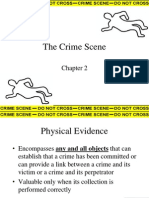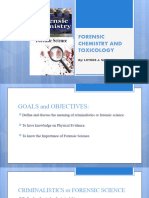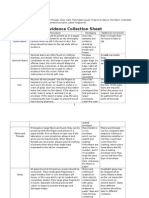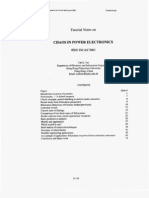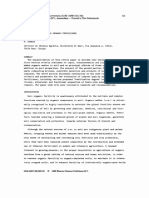0% found this document useful (0 votes)
543 views18 pagesIntroduction To Forensic Science
You must always keep an open mind and be willing to re-evaluate your initial assumptions as new evidence comes to light. What seems obvious at first may turn out to be incorrect. A thorough, objective analysis of all available evidence is needed to arrive at the truth.
Uploaded by
chauncymaturan2Copyright
© © All Rights Reserved
We take content rights seriously. If you suspect this is your content, claim it here.
Available Formats
Download as PDF, TXT or read online on Scribd
0% found this document useful (0 votes)
543 views18 pagesIntroduction To Forensic Science
You must always keep an open mind and be willing to re-evaluate your initial assumptions as new evidence comes to light. What seems obvious at first may turn out to be incorrect. A thorough, objective analysis of all available evidence is needed to arrive at the truth.
Uploaded by
chauncymaturan2Copyright
© © All Rights Reserved
We take content rights seriously. If you suspect this is your content, claim it here.
Available Formats
Download as PDF, TXT or read online on Scribd
/ 18

